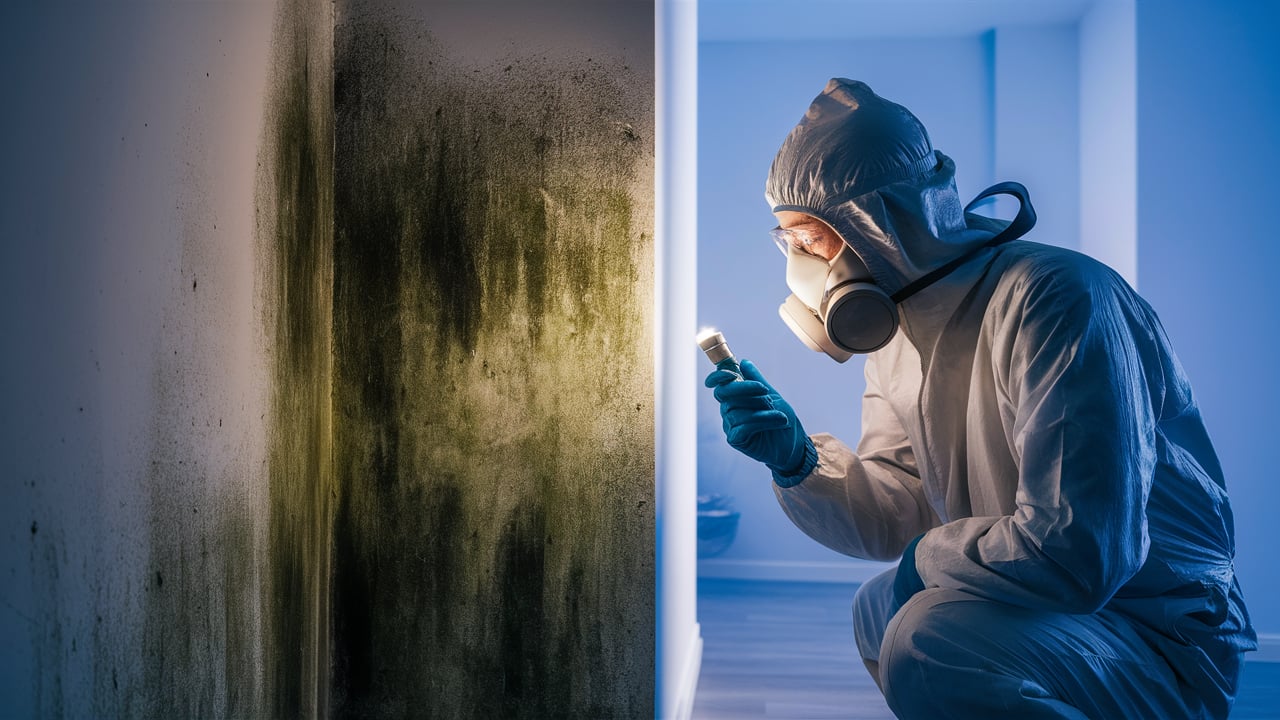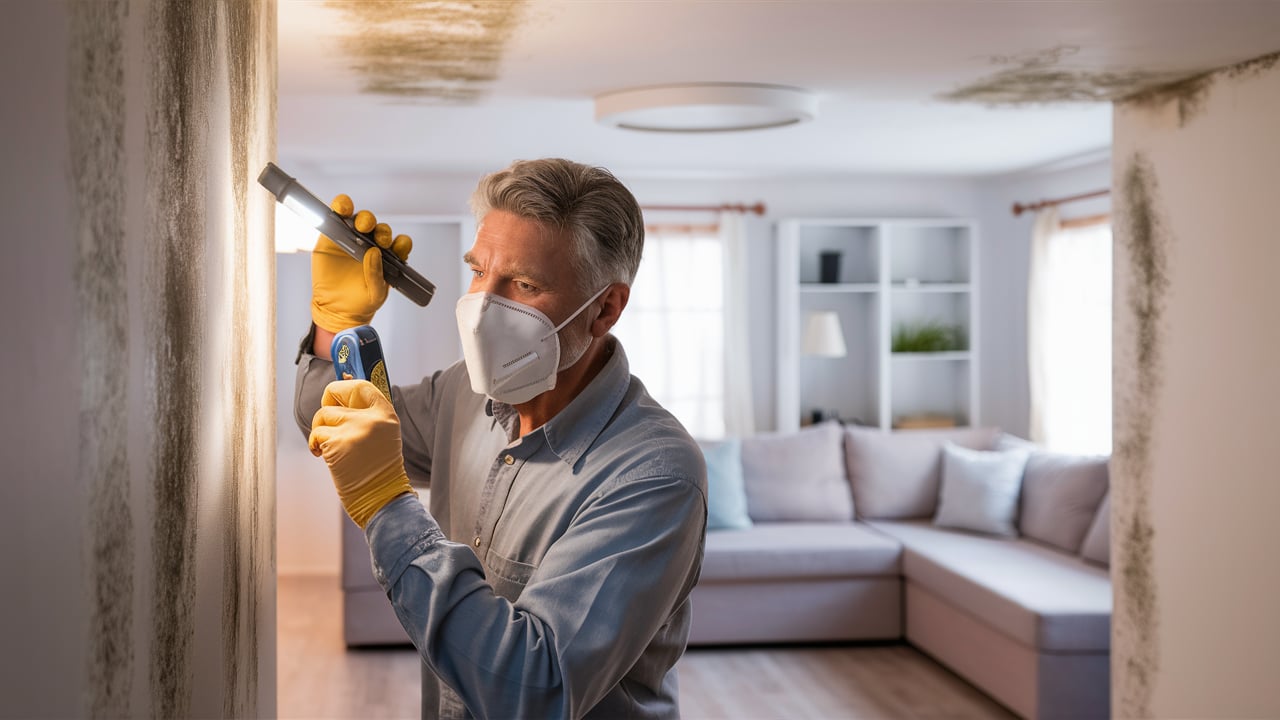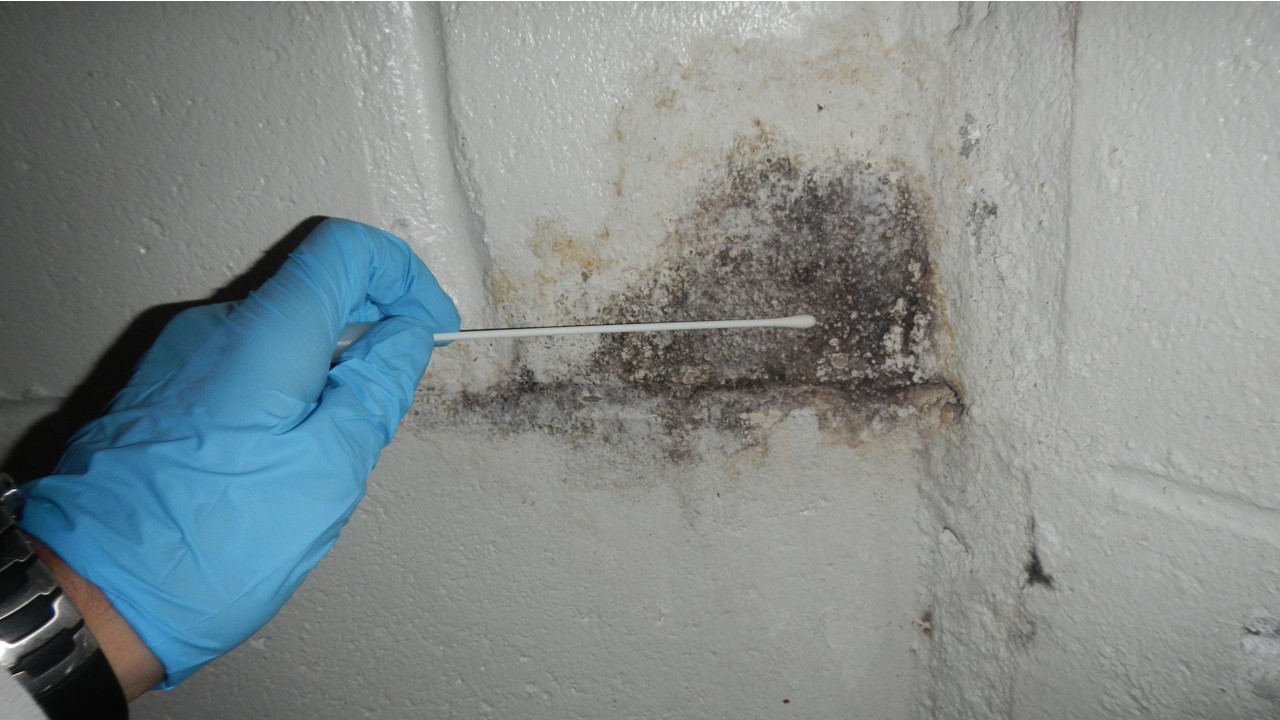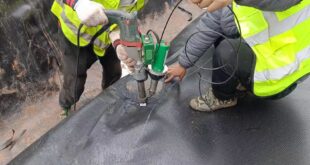Embarking on a DIY mold inspection can be a daunting task for many homeowners. However, with the right tips and tools at your disposal, identifying and addressing mold problems in your home can be a manageable and rewarding process. Mold growth can pose serious health risks and damage to your property if left unchecked, making regular inspections an essential part of home maintenance. In this article, we will discuss some essential tips and tools to help you conduct a thorough and effective mold inspection in your home.
Understanding Mold: Types, Causes, and Health Risks

Mold is a common household issue that can have serious implications if left unchecked. Understanding the different types of mold, the causes of mold growth, and the health risks associated with exposure is crucial for effectively dealing with this problem. Mold can come in various forms, such as black mold, green mold, or white mold, each with its own set of characteristics and potential health hazards.
The causes of mold growth can range from poor ventilation and excessive moisture to water leaks and flooding. Health risks associated with mold exposure include allergic reactions, respiratory issues, and worsening of asthma symptoms. By gaining a better understanding of mold, its causes, and potential health risks, homeowners can take the necessary steps to prevent and address mold growth in their living spaces.
DIY Mold Inspection Checklist: Step-by-Step Guide

Embarking on a DIY mold inspection can be a daunting task, but with a comprehensive checklist and step-by-step guide, you can tackle it like a pro. Start by gathering all necessary tools such as a flashlight, gloves, mask, and tape measure.
Begin inspecting your home room by room, checking for any signs of mold growth such as musty odors, water stains, or visible mold spots. Make sure to pay special attention to areas prone to moisture, such as bathrooms, kitchens, and basements.
Document any findings and take photos for reference. Finally, once you have completed your inspection, review your notes and photos to determine if professional remediation is necessary. By following this checklist and guide, you can stay proactive in preventing mold growth and safeguarding your home and health.
Essential Tools and Equipment for Mold Inspection

When conducting a DIY mold inspection, having the right tools and equipment is essential to ensure a thorough and effective assessment. Some of the key items to have on hand include a moisture meter to detect any hidden water sources that may be contributing to mold growth, a flashlight to illuminate dark and hard-to-reach areas, a digital camera for documenting any findings, and protective gear such as gloves and a mask to prevent exposure to harmful mold spores.
Additionally, having cleaning supplies like bleach and a scrub brush can be useful for small mold remediation tasks. By being properly equipped, you can confidently identify and address any mold issues in your home.
Conclusion
In conclusion, conducting a DIY mold inspection using essential tips and tools can help homeowners identify potential mold issues early on and take necessary steps to address them. By following proper precautions, such as wearing protective gear and using appropriate equipment, individuals can effectively assess and manage mold in their living spaces.
It is important to remember that while a DIY mold inspection can provide valuable insights, professional mold assessment may be necessary in certain situations to ensure accurate identification and remediation of mold growth. Taking proactive measures to prevent and address mold can help maintain a safe and healthy environment for you and your loved ones.
 Alternative News
Alternative News




